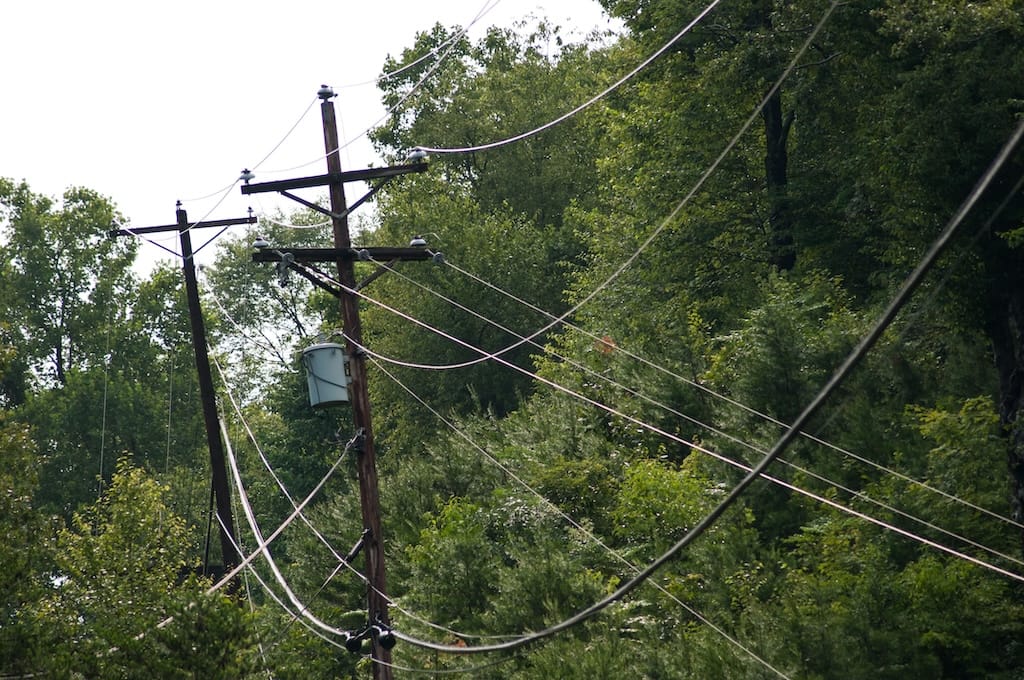Broadband Industry Groups Urge Caution on Using Fabric Data for High-Cost Compliance
Commenters noted that the fabric is iterative, and changes to the data could cause confusion.
Jake Neenan

WASHINGTON, March 26, 2024 – Broadband industry groups were split on a Federal Communications Commission proposal to use updated data to verify compliance with its infrastructure subsidy programs.
The agency is required by the 2020 Broadband DATA Act to produce and maintain a database of every serviceable location – homes and businesses where internet is or can be installed – in the country, an effort to inform assessments of nationwide broadband coverage. Production of the database, called the “fabric,” is contracted out to telecommunications consulting firm CostQuest.

In January 2024 the FCC proposed using fabric data to update the deployment obligations of high-cost program participants. The Universal Service Fund program’s requirements and cost models were calculated based on estimates from census data, but the commission “expect[s] the fabric is and will continue to be the most comprehensive and up-to-date source available” for identifying all the homes and businesses within a participant’s service area.
The FCC proposed using the fabric to update participants’ obligations, and potentially to update the level of support if fabric data shows significantly more or fewer serviceable locations in a participant's service area.
The broadband and cable trade group NCTA supported the move. “Using this data creates efficiencies for High-Cost support recipients as well as both the Commission and USAC in administering the program,” the group wrote in comments posted March 18.
NCTA also asked that once the fabric is used for monitoring high-cost programs, the location IDs for individual addresses remain fixed “to the greatest extent possible.”
The FCC accepts challenges from providers and consumers to fabric data, an effort to keep the data updated and accurate. But changes to the data have resulted in the same address having different unique identifiers in different versions of the fabric, NCTA wrote, which can create headaches for providers looking to report their coverage.
A coalition of participants in the Rural Digital Opportunity Fund – the newest program under the high-cost umbrella – had some reservations. They asked for a carve out in the agency’s proposal to increase support if fabric data shows more locations in an area than was initially estimated.

The commission proposed increasing a participant’s support for each location above 135 percent of the initial count. For example, if an RDOF participant was obligated to serve 100 locations, but fabric data showed there were actually 137 in its service area, the provider would receive support for two additional locations.
If additional locations are the result of new roads, the RDOF winners argued, they should get increased support for each location above their initial obligations, without the 35 percent cushion.
The proposed approach “does not begin to capture the huge costs an RDOF recipient would incur if fiber needs to be deployed along new roads… that were not in the 2010 Census and not in the original CAM-based location total,” the group wrote, because laying fiber along a stretch of road can cause construction costs to balloon.
NTCA, a trade group representing small and rural broadband providers, also urged caution. The group urged the commission to hold off on its proposal until “the fabric is a more settled and stable data set,” and only to use the fabric for newly created High-Cost programs. Switching requirements for programs that have existed for years and in some cases are nearing final buildout milestones would be “highly disruptive,” NTCA argued.
Reply comments are due April 1.











Member discussion